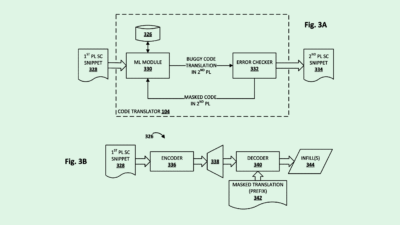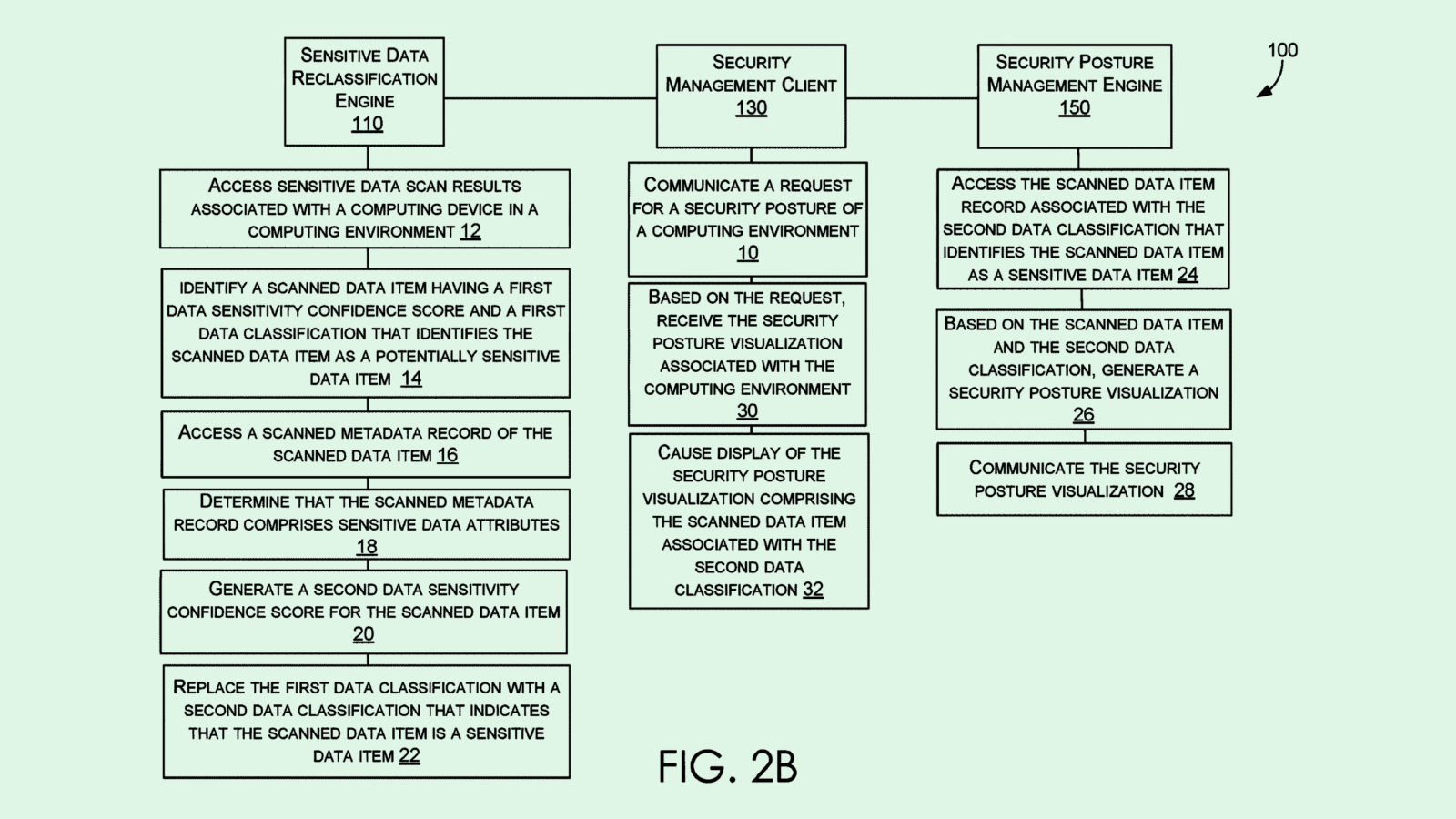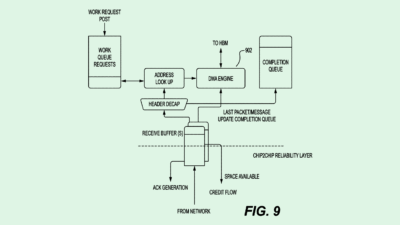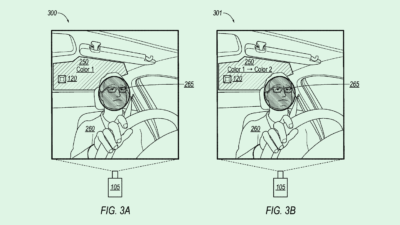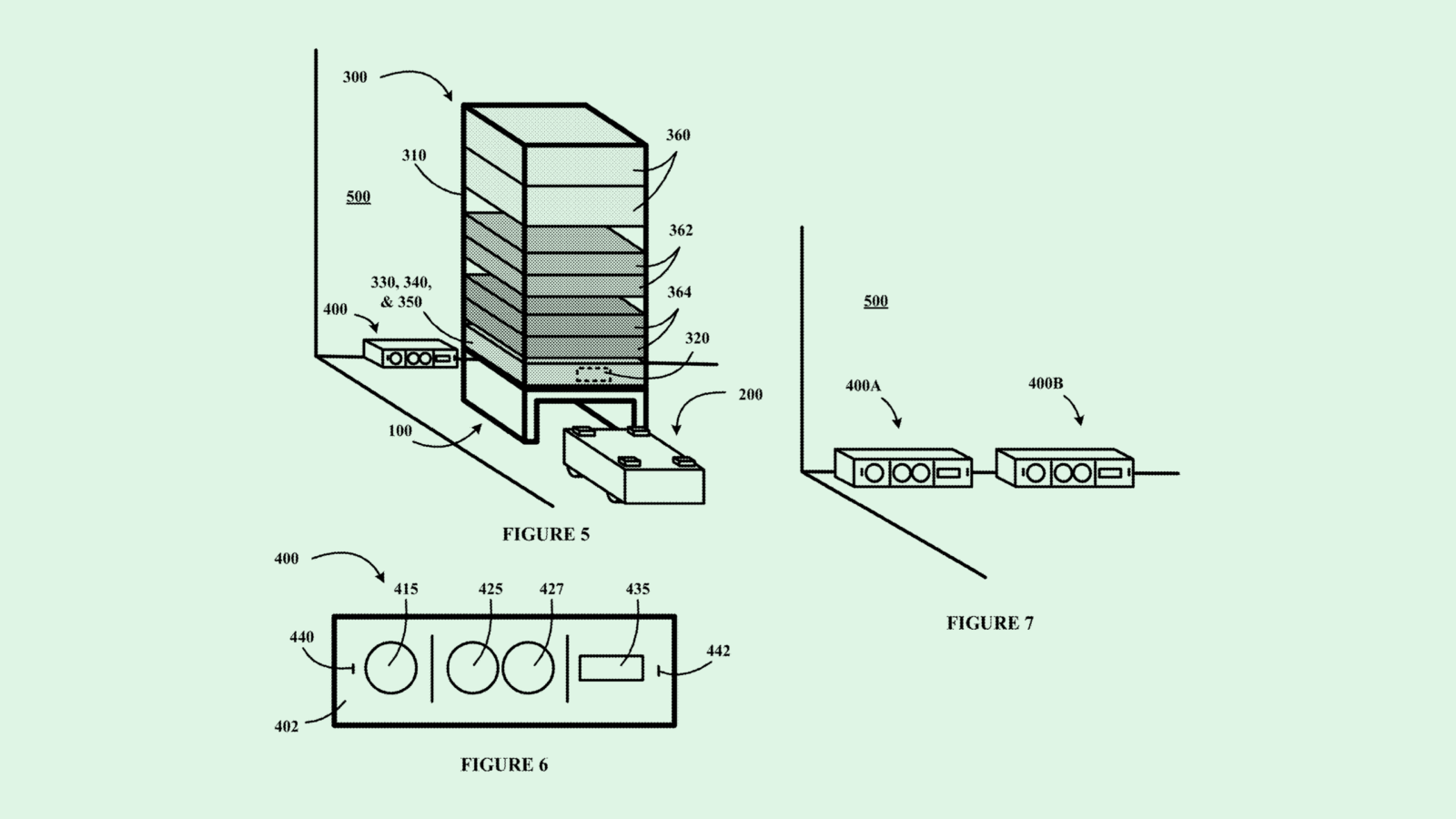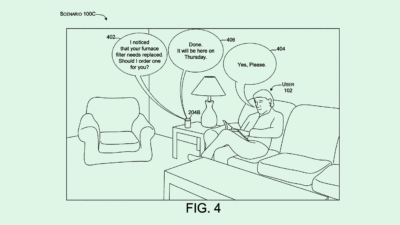IBM Wants Autonomous Vehicles to Do More than Just Drive
IBM’s patent aims to use self-driving cars’ idle resources, giving access to them to the riders within them.
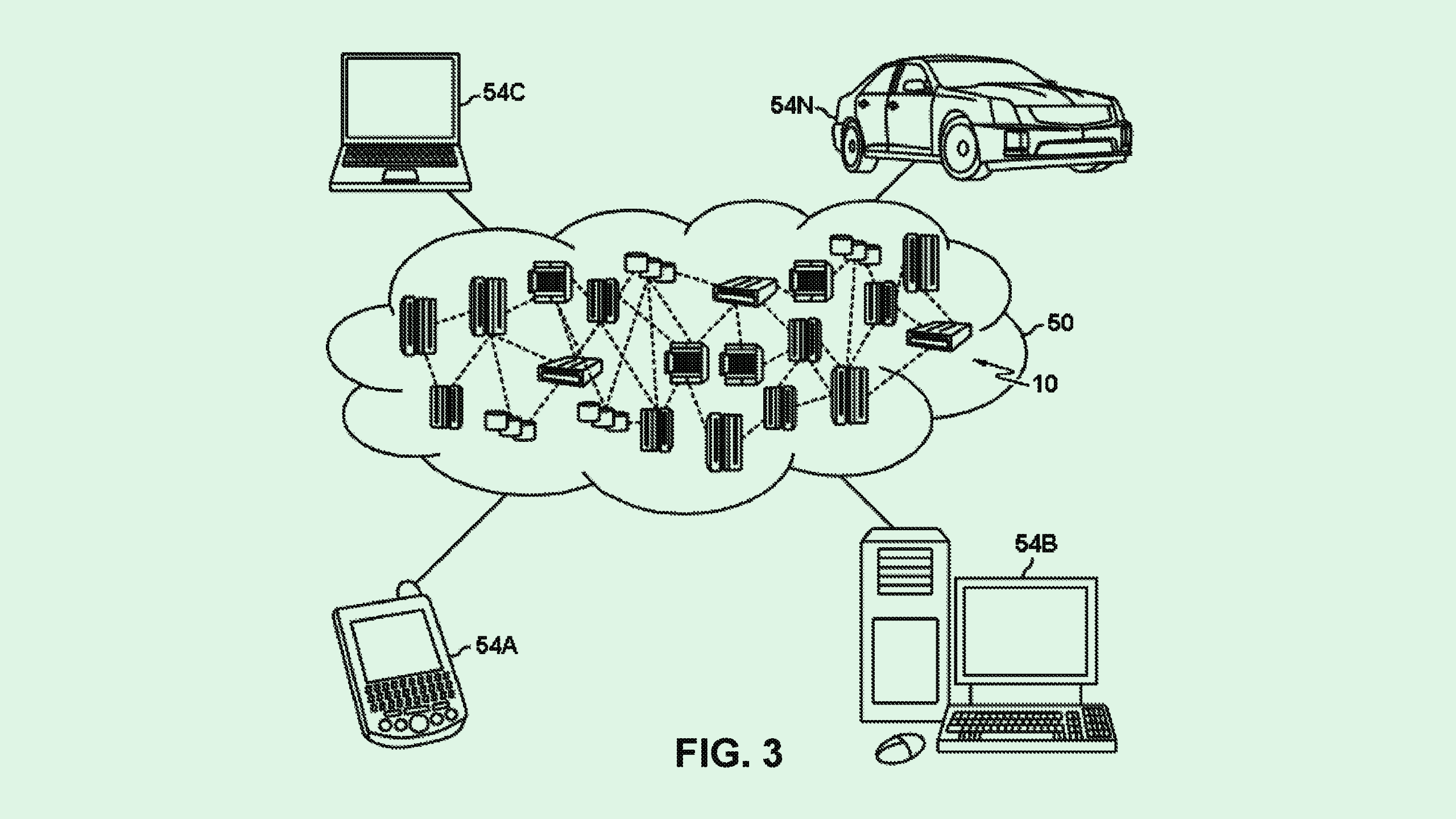
Sign up to uncover the latest in emerging technology.
IBM wants you to use every part of the autonomous vehicle.
The company wants to patent a system for sharing “available resources” of a self-driving car. This essentially allows occupants of an autonomous vehicle to tap into its technology for other purposes.
Autonomous vehicles are packed with powerful computing and processing resources. While many of them operate the vehicle, there are periods when these resources are idling, IBM noted.
This tech aims to put those pieces to work, enabling “users requesting transportation on an AV to also request the use of available non-critical resources to perform work, learning, or other activity by connecting the user’s computing device,” IBM said.
IBM’s system connects autonomous vehicles to an application interface to provide information about their available “non-critical resources,” such as CPU, memory, or storage utilization that aren’t being used to actively drive a vehicle. The system also accounts for a “buffer range” of these resources in case additional resources are needed.
When a user requests a ride via a self-driving rideshare service, they’d see a number of computing resources available, such as software, hardware, or network connection, and may be presented as “resource configuration stacks.” For example, if a rider wants to work, they may be connected to a “customized developer software stack” with database connections. If they want to relax, they could connect to a browser for streaming video or gaming.
Almost every tech firm and automaker wants to make cars that drive themselves. In this pursuit, these automated driving systems have become quite technically sophisticated, requiring tons of resources to operate. IBM’s patent aims to use those idle resources, in this case, giving access to them to the riders within them.
But IBM isn’t the first company with this idea. Chinese internet giant Baidu filed a patent application in a similar vein, aiming to tap into the resources of an autonomous vehicle to create mobile data centers.
Technology like what Baidu and IBM propose could address a critical infrastructure gap among cloud service providers as AI development rapidly pushes forth. While IBM’s filing highlights how riders specifically can tap into these resources, patent applications are often non-limiting. And given that adopting autonomous driving has taken a slow and steady pace, these companies may be attempting to squeeze the expensive hardware and software for all their worth.
However, IBM’s patent signals another trend among tech firms and automakers. As vehicles become more advanced and driving becomes more hands-off, many are seeking to make cars more entertaining. Ford’s patent for “motor vehicle workspace with enhanced privacy” and Tesla’s application for an in-vehicle “personalization system” present a similar desire.
With these firms continuing to dump money and resources into autonomous driving, occupying the riders with work or play may be part of the plan to make these vehicles more attractive to skeptical consumers.

